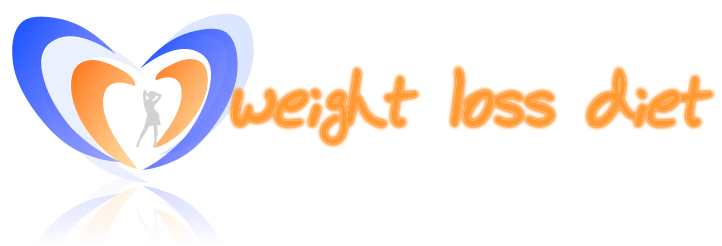While traditional therapists still provide clients with services out of an office with a couch, others now use more alternative therapies. These can include everything from hypnosis and psychoanalysis to movement based treatment. While psychoanalysis and hypnosis often focus on behavioral and emotional issues, dance oriented therapies often treat body, mind and soul.
One aspect of dance therapy uses a correlation of preparation, evaluation, illumination and incubation. This correlation combines these four stages of treatment into one overall plan. Depending on the religious or spiritual aspects of clients, these type therapies have also been known to create a deeper connection to self, and if applicable, spirit.
Unlike free-form, non-alcohol, barefoot dance works to awake body, mind and soul in a community setting. Whereas, dance oriented therapies are provided in a clinical setting. Still, free-form dance is great exercise which can also help to alleviate stress among those in attendance. Depending on the spiritual beliefs of each mover, some may find a closer connection to self, others, spirit.
While this type therapy has only been recognized in the United States and Europe since the 1930s, with more development in the 1950s, it is nothing new. Dance and movement therapies have actually been used in the Near East, Greek and Roman civilizations for thousands of years. In fact, it was not until the 1950s when a choreographer, dance teacher and therapist noticed the positive effects movement had on a number of students that dance became an acceptable form of treatment.
Up until the time it was discovered that dance had an effect on the mover, movement was seen primarily as an expressive art. Dance and movement were then established as therapies in the 1950s. After which, a number of professional psychotherapists decided to begin work in the field.
Throughout history, dance can be divided into two waves. The first wave involved the use of dance in the medical community beginning in 1942. After which, a choreographer, dancer and therapist began to notice the effects dance had on her students. As a result, the field of dance and movement based therapy was created.
After students began to report seeing positive changes to overall health and happiness, doctors began sending clients to receive treatment. After several success stories from these individuals and others, these alternative therapeutic forms became more accepted as valid forms of treatment for emotional and physical aspects of clients.
The next or second wave brought a new ideology to dance therapy in the 1970s and 1980s. The new ideology sparked a great deal of attention from therapists at the time. A time when therapists began to explore and experiment with different applications associated with dance and movement. It was these applications that evolved into forms and modalities which therapists still use after having seen great success.
One aspect of dance therapy uses a correlation of preparation, evaluation, illumination and incubation. This correlation combines these four stages of treatment into one overall plan. Depending on the religious or spiritual aspects of clients, these type therapies have also been known to create a deeper connection to self, and if applicable, spirit.
Unlike free-form, non-alcohol, barefoot dance works to awake body, mind and soul in a community setting. Whereas, dance oriented therapies are provided in a clinical setting. Still, free-form dance is great exercise which can also help to alleviate stress among those in attendance. Depending on the spiritual beliefs of each mover, some may find a closer connection to self, others, spirit.
While this type therapy has only been recognized in the United States and Europe since the 1930s, with more development in the 1950s, it is nothing new. Dance and movement therapies have actually been used in the Near East, Greek and Roman civilizations for thousands of years. In fact, it was not until the 1950s when a choreographer, dance teacher and therapist noticed the positive effects movement had on a number of students that dance became an acceptable form of treatment.
Up until the time it was discovered that dance had an effect on the mover, movement was seen primarily as an expressive art. Dance and movement were then established as therapies in the 1950s. After which, a number of professional psychotherapists decided to begin work in the field.
Throughout history, dance can be divided into two waves. The first wave involved the use of dance in the medical community beginning in 1942. After which, a choreographer, dancer and therapist began to notice the effects dance had on her students. As a result, the field of dance and movement based therapy was created.
After students began to report seeing positive changes to overall health and happiness, doctors began sending clients to receive treatment. After several success stories from these individuals and others, these alternative therapeutic forms became more accepted as valid forms of treatment for emotional and physical aspects of clients.
The next or second wave brought a new ideology to dance therapy in the 1970s and 1980s. The new ideology sparked a great deal of attention from therapists at the time. A time when therapists began to explore and experiment with different applications associated with dance and movement. It was these applications that evolved into forms and modalities which therapists still use after having seen great success.
About the Author:
If you are seeking movement based treatment, then we invite you to use our website as a good source of info. Spend a few minutes exploring our web pages containing all about this therapy at http://www.primalphysicaltherapy.com.
